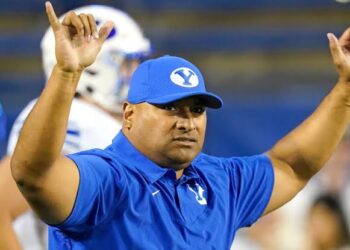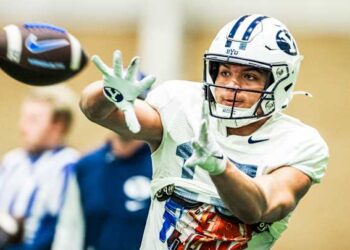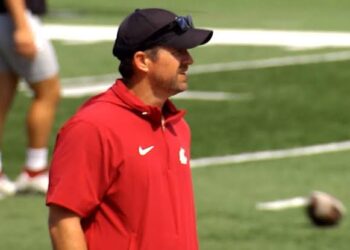The recent ruling in the House v. NCAA settlement involves a significant shift in how college football operates, particularly concerning athlete compensation and roster limits. The settlement, which is still pending final approval, includes a $2.8 billion payment to current and former athletes, and allows Division I schools to begin paying athletes directly for their name, image, and likeness (NIL) starting July 1. A key point is the revenue-sharing cap, which will increase over time, allowing schools to share a portion of their athletic revenues with athletes. The settlement also includes provisions for grandfathering in certain athletes who might be affected by roster limits.
Key aspects of the settlement and its potential impact:
-
Athlete Compensation:The settlement allows schools to share a portion of their revenue with athletes, and also includes a $2.8 billion payment to current and former athletes.
-
NIL Payments:Division I schools can now directly pay athletes for the use of their name, image, and likeness, subject to a per-school cap and revenue-sharing provisions.
-
Roster Limits:The settlement includes a system of roster limits, but also allows schools to grandfather in certain athletes, potentially exempting them from these limits.
-
Potential for Future Changes:The settlement is still being finalized, and there may be future changes or challenges to the agreement.
-
Impact on College Football:The settlement is expected to significantly impact college football by allowing schools to pay athletes for their efforts and by potentially changing the way athletic programs are structured.
The recent ruling in the House v. NCAA settlement involves a significant shift in how college football operates, particularly concerning athlete compensation and roster limits. The settlement, which is still pending final approval, includes a $2.8 billion payment to current and former athletes, and allows Division I schools to begin paying athletes directly for their name, image, and likeness (NIL) starting July 1. A key point is the revenue-sharing cap, which will increase over time, allowing schools to share a portion of their athletic revenues with athletes. The settlement also includes provisions for grandfathering in certain athletes who might be affected by roster limits.
Key aspects of the settlement and its potential impact:
-
Athlete Compensation:The settlement allows schools to share a portion of their revenue with athletes, and also includes a $2.8 billion payment to current and former athletes.
-
NIL Payments:Division I schools can now directly pay athletes for the use of their name, image, and likeness, subject to a per-school cap and revenue-sharing provisions.
-
Roster Limits:The settlement includes a system of roster limits, but also allows schools to grandfather in certain athletes, potentially exempting them from these limits.
-
Potential for Future Changes:The settlement is still being finalized, and there may be future changes or challenges to the agreement.
-
Impact on College Football:The settlement is expected to significantly impact college football by allowing schools to pay athletes for their efforts and by potentially changing the way athletic programs are structured.










